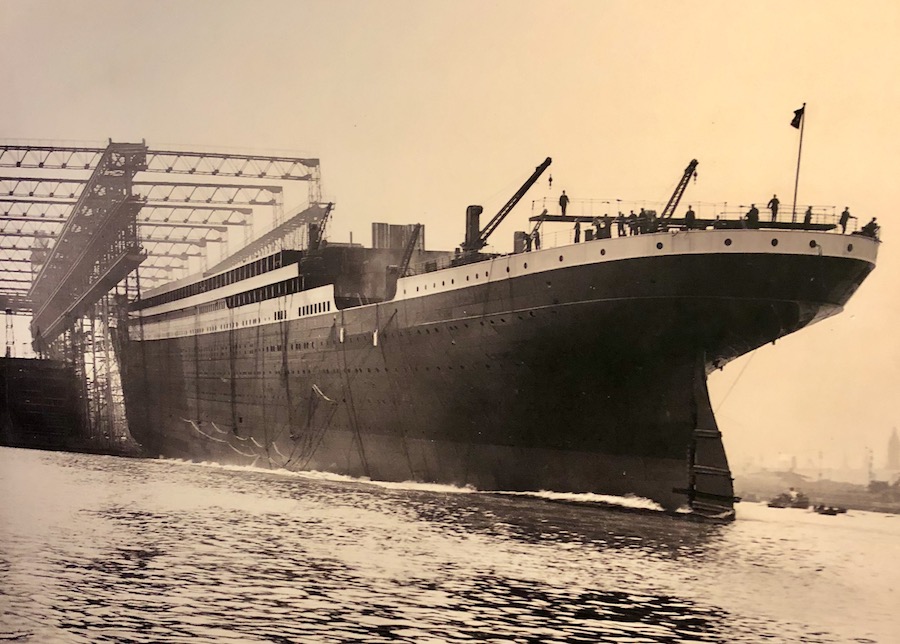
Likened to another belief that his last statement to the crew, “Be British” That stirring sentiment also adorns a plaque to the Captain in Hanley, Stoke-on-Trent. According to the documentary Titanic: Death of a Dream, that story is generally considered romantic fiction.


One story states he carried a child to the overturned collapsible B after the sinking and swam off to freeze in the water. Working near collapsible B, Junior Marconi Officer Harold Bride reported seeing Smith dive into the sea from the open bridge minutes before the final plunge began. Sources state Smith wandered off to the ship’s wheelhouse, while others say he was actively present in the radio room. It is unclear how Captain Edward Smith died on the night of the sinking.Īccording to some historians and Robert Ballard’s book, The Discovery of the Titanic, Captain Smith was on the bridge at 2.13 am, seven minutes before the Titanic disappeared beneath the waves, and went down with the ship. It is a complicated question that yields multiple opinions.

DID THE CAPTAIN OF THE TITANIC DIED PROFESSIONAL
History will show in hindsight that there was much he could have done to ensure the Titanic was operating at the highest levels of safety and efficiency but during the ship’s actual sinking he performed all duties expected of a highly professional captain of the day. However, there were also many events outside of his control that led to Titanic’s demise for which he can claim partial responsibility for his involvement. It is an undeniable fact that Titanic Captain Edward Smith is the single most responsible person on board the vessel and it is his primary role to get all passengers to their destination safely. The order was given to swing out the boats. His orders were to see that the crew informed everyone on board and reported to the boat deck with their lifebelts on. He expressed to his officers the necessity of calmness and order in the evacuation. For the first time in nearly 40 years at sea, Smith would give the orders to abandon ship.

Minutes later, Captain Smith was all too aware of his ship’s fate and equally aware that his ship’s lifeboat accommodations were far fewer than the number of passengers and crew on board. Although some sources state that he had decided to retire after completing the Titanic’s maiden voyage, an article in the Halifax Morning Chronicle on 9 April 1912 stated that Smith would remain in charge of the Titanic “until the Company (White Star Line) completed a larger and finer steamer.” Docking at Pier 59 under the command of Captain Smith with the assistance of a harbour pilot,ĭespite some minor incidents onboard Olympic, Smith was again appointed in command of the greatest steamship when RMS Titanic left Southampton for her maiden voyage. The maiden voyage from Southampton to New York was successfully concluded on 21 June 1911, but as the ship was docking in New York harbour, a small incident took place. He served aboard liners to Australia and to New York, where he quickly rose in stature.Īs one of the world’s most experienced sea captains, Smith was called upon to take the lead ship’s first command in a new class of ocean liners, the Olympic, the largest vessel in the world at that time. Smith joined the White Star Line in 1880 as the Fourth Officer of the SS Celtic. Born on January 27, 1850, in Hanley, Staffordshire, England, Captain Edward J.


 0 kommentar(er)
0 kommentar(er)
